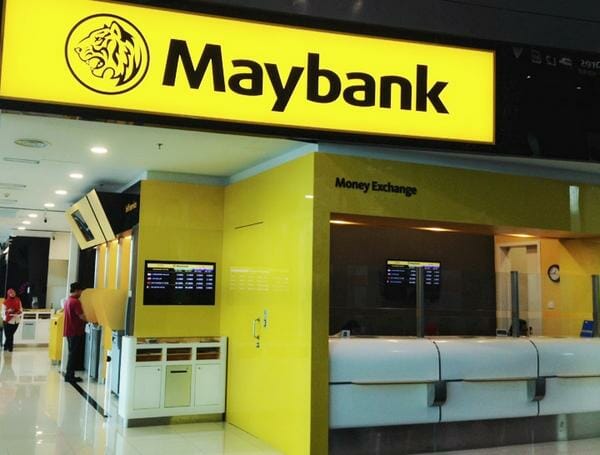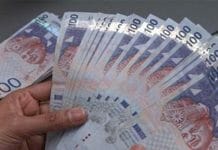Continued extension of loan relief measures in most southeast Asian markets will further obscure banks’ asset quality into 2022. Banks have bolstered provisions, but Fitch Ratings believes that credit costs will remain high until non-performing loans (NPLs) have been duly recognised. Relief measures in Malaysia and Thailand have been extensive but economicoutlooks remain under pressure, and therefore normalisation may take longer. Loans under relief have declined from 2020 peaks after moratoriums ended, except in Indonesia and Vietnam, where broad repayment holidays were not instituted and loans were restructured at banks’ discretion. Schemes across the region have evolved in 2021, providing targeted deferrals and tailored restructuring rather than extensive loan moratoriums.
Relief timelines have been extended. Restructured loans are exempted from classification into NPLs until end-2021 in the Philippines, Thailand and Vietnam, and until 1Q22 in Indonesia. Singapore extended its relief window to 2H21 for only the worst-impacted sectors, while in Malaysia the extension has no formal end date as yet. Fitch expects NPL ratios in most of these markets to peak only after the expiry of loan relief at end-2021. NPLs have increased only mildly since the pandemic’s onset, except in the Philippines where they more than doubled yoy, partly reflecting the nation’s more severe economic stress. We believe Singapore banks’ NPL ratios will peak in 2021, ahead of regional peers, due to a faster economic recovery than most of the emerging markets in ASEAN.
Loan loss coverage improved yoy as banks ramped up provisions before NPLs increase, except in the Philippines where impairments manifested sooner and more significantly. Credit costs in 2021 are likely to decline from 2020 but remain high across the region. Singapore banks are ahead of the curve owing to their substantial frontloading of provisions and milder credit impairments than Fitch expected. Fitch stabilised the outlooks of the Singapore banks and Vietnamese private sector banks earlier this year. Outlooks of larger banks in the other markets have remained stable, which reflects headroom within their standalone credit profiles or expectation of external support.
What to Watch
Economic Momentum: The ASEAN economies are recovering at an uneven pace, as public health conditions forced renewed lockdowns in 1H21. Prolonged restrictions and delayed reopening – subject to the progress of vaccine rollouts – could keep credit costs high. Extended Relief:Any further extension of regulatory relief could also delay the manifestation of NPLs for even longer, but at the expense of stakeholder and prudential clarity









